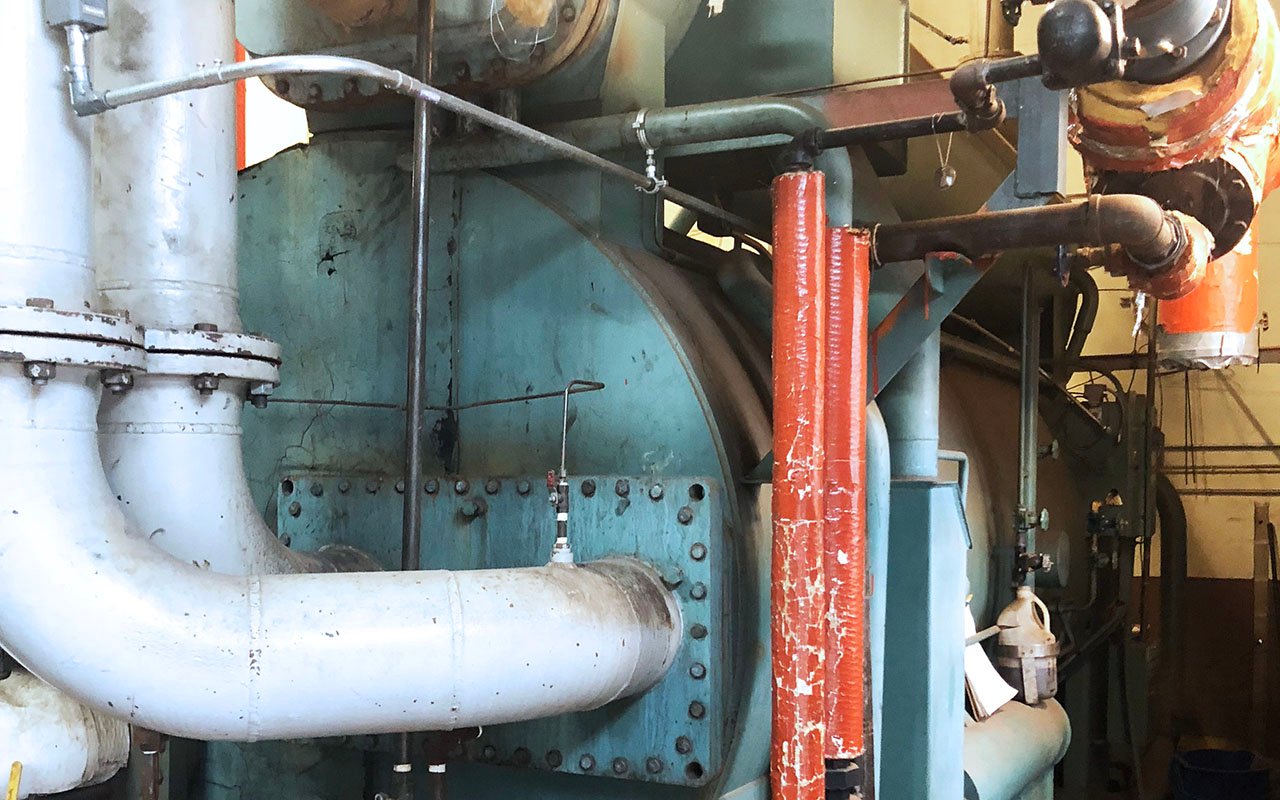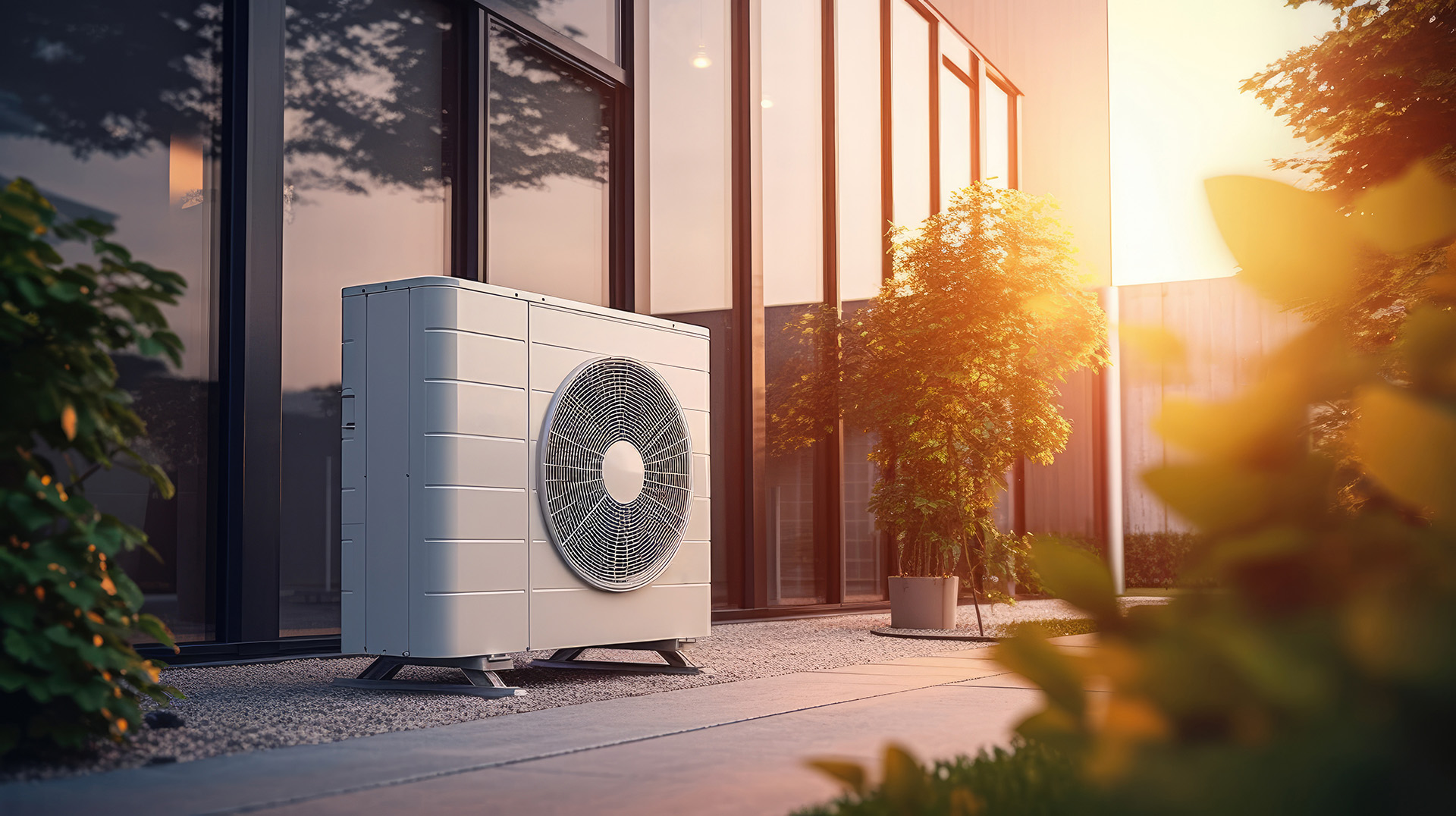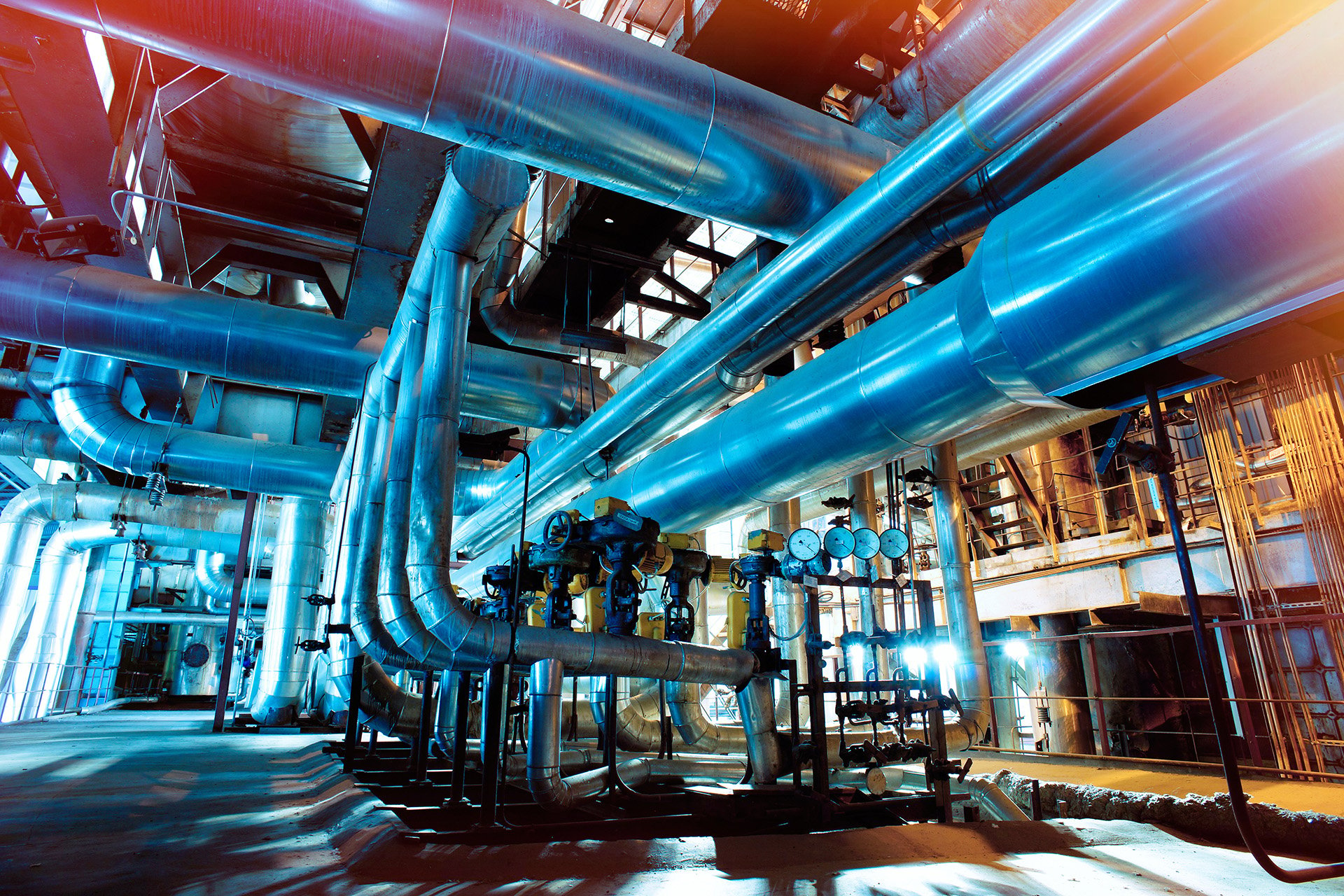Utility Incentives | January 31, 2018
Efficiency Emphasis: Increased HVAC Incentives for NYC
Con Edison is now offering increased custom incentives in a several areas this year, including HVAC equipment. The utility’s Commercial & Industrial (C&I) Energy Efficiency Program [1] “offers cash incentives for installing energy-efficient electric and gas equipment and technologies."
There are a variety of rules, regulations and processes that must be strictly followed in order to receive these benefits, which is why it’s always important to contact an ESCO with expertise in the NYC market before beginning any energy efficiency project with these Con Edison incentives in mind.
Outside of the benefits from the C&I Energy Efficiency Program, an upgrade or retrocommissioning of HVAC equipment provides ample room for other savings, including:
Dramatic Reductions in Energy Use
When taken in combination with the most efficient wall and window solutions available, an HVAC upgrade can reduce commercial cooling by 78%. Similarly, an HVAC upgrade that includes these additional measures can reduce commercial heating by 77%. If the upgrades are implemented in conjunction with a lighting upgrade, the increased lighting efficiency raises the load that the heating systems can handle[2].
An Opportunity to Implement Smart Technology into the Existing System
With the introduction of smart technology into the commercial heating and cooling sector, facility managers have increased control over their building systems. Advanced commercial HVAC controls integrate with modern sensors that can provide more consistent climate regulation.
While legacy systems can only turn an HVAC system on and off, sensors in smart commercial HVAC control systems can communicate with air handling components, valves and dampers to better regulate the climate. This allows for increased energy savings as heating and cooling systems no longer create peaks and valleys with a facility’s temperature.
A Faster ROI Than You May Think
Depending on the age of the existing scheme and scope of the project, upgrading your HVAC system can provide an excellent return on investment, even without the incorporation of utility incentives (although they certainly help). Installing a new, energy efficient HVAC system will immediately result in energy savings that are readily apparent on the monthly utility bill.
Additionally, aspects of the ROI can be found in other areas. These include savings due to the avoidance of ongoing service and maintenance on the existing system. The avoidance of downtime with the utilization of a new HVAC system also shouldn’t be ignored. When the business shuts down, manufacturing environment is compromised, or safety is impacted due to problems from an older HVAC system, costs can climb quickly. Modern HVAC technologies help to alleviate these problems.
Ready to take advantage of Con Edison’s increased custom incentives for HVAC upgrades?
Contact us here >>
[1] All measures, incentives and program rules are subject to change at the discretion of Con Edison without prior written notification.
[2] https://energy.gov/sites/prod/files/2017/03/f34/qtr-2015-chapter5.pdf
Related Posts
Discover more content and insights from Mantis Innovation

Importance of Updating HVAC in Pharma + Biotech
The ability to control and automate building systems, including HVAC, is an obvious gain for a facility manager. HVAC systems are critical to any facility's purpose and are responsible for several

How to Finance Energy Efficiency Projects
Financing energy efficiency projects is a part of every sustainability initiative. Once a facility is audited and Energy Conservation Opportunities (ECOs) are identified, every company must tackle

The Rising Popularity of Heat Pumps and the Challenges of Commercial Retrofits
Heat pumps are becoming increasingly popular across many parts of the U.S., thanks to their energy efficiency and reduced greenhouse gas emissions compared to other building heating and cooling

6 Reasons You Need HVAC Asset Management Right Now
Keeping tabs on your HVAC assets can be a real pain. With different systems, manufacturers, install dates, and repair priorities, it’s a lot of data to track. If you manage a large portfolio of